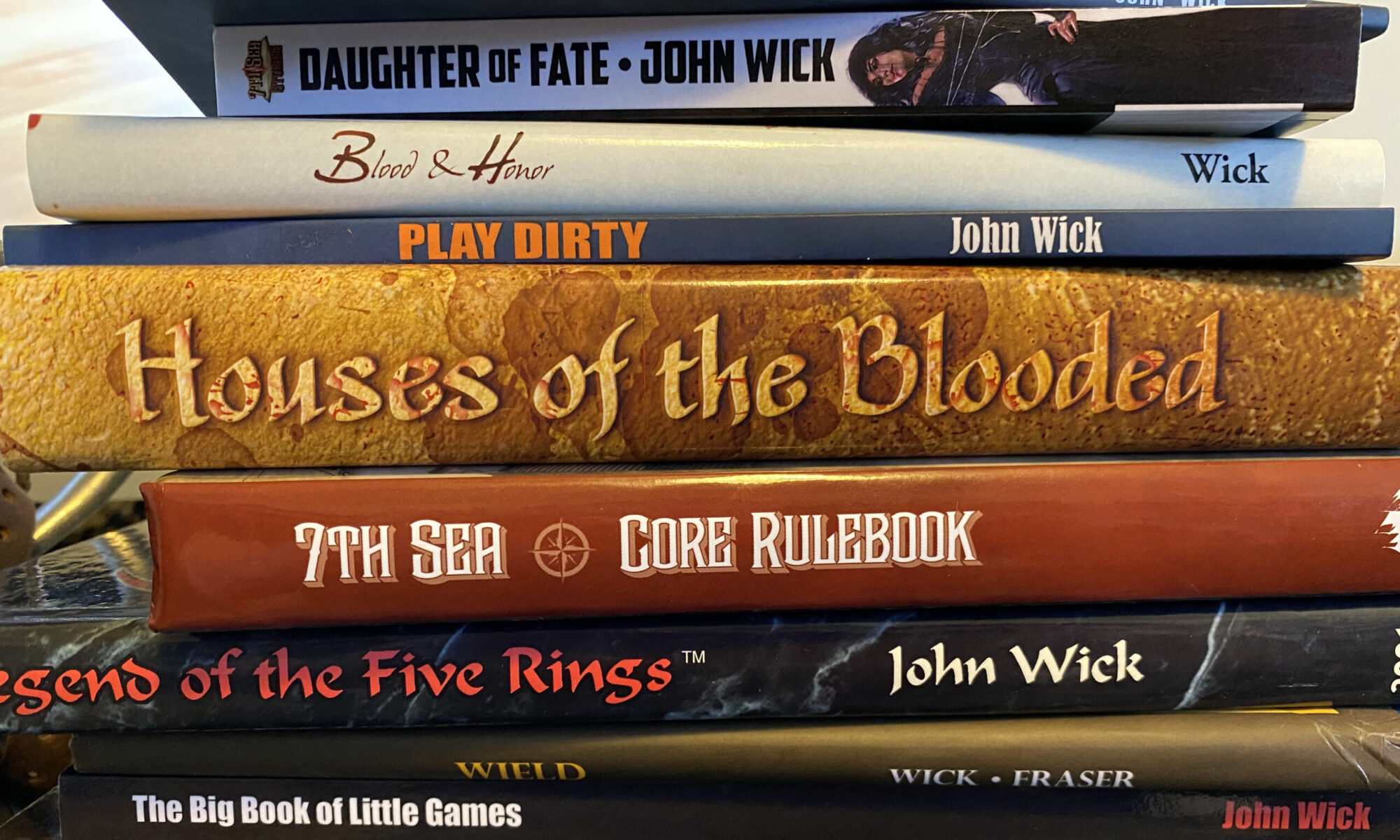
Unreview Rules:
- I must pay for it.
- I must like it.
- I try my best to use E-Prime
The only thing that eclipses my hatred of war is my admiration for soldiers.
— J. Berek
My favorite war movies are are about soldiers, not battles.
I lived for five years in Georgia. Before that, I lived in Minnesota and a little while in Iowa. While I lived there, I heard the Southern version of what happened during “The War of Northern Aggression” in history class. In the middle of 10th grade, I moved back to Minnesota, just in time to learn about “The Civil War.” Also just in time was the Ken Burns epic miniseries, and I watched every minute of that in rapt awe. It was then that I learned the best way to study a war is not going over battle plans, but reading the letters soldiers sent home. That’s when you learn what a war is “about.” Memorizing details about battles, tactics and strategies is fine—I’ve done my share of that, too—but if you want a first-hand account of what really happened, you read it from the hands and minds of the soldiers who fought it. When you do, you learn what war is really like. That’s why the Christian concept of Hell never frightened me. I’ve read about it in letters written in terrified hands, hoping someday all this horror will end.
If you don’t know already, 1917 tells the story of two soldiers in the middle of WWI’s No Man’s Land, racing to deliver a message before 1,600 British soldiers walk into a trap. Director Sam Mendes and cinematographer Roger Deacon paint a great and terrible landscape for them to navigate. Ruins and corpses cover the beautiful French countryside, and oftentimes, the soldiers have to crawl over them both. WWI stands as a prime example of what happens in war: the armies fight using tactics and strategies from the last war, while technology has advanced far enough to make those tactics and strategies useless. Every war has this rule. Every war. The side who eventually wins usually realizes this first and starts fighting with the technology of today. The War to End All Wars had no answer for the accuracy of the firearms they used, for mustard gas, for armored militia, for aircraft, for anything. And because of that, millions of people died. For those who have no idea how humans burned through their own population, this movie will show you.
The only people who want to go to war don’t know what it is or how it works and the people who get stuck fighting it often wonder why they’re fighting. All through this film, the soldiers ask themselves and each other what they’re doing there. Nobody knows. Sure, they know what they’ve been told, but why are they really there? The soldiers reminded me of an old phrase from the American Civil War: “Rich man’s war, poor man’s fight.” That line didn’t start in America, and it’s been true for a lot longer than we’ve been around.
And yes, let me spend one moment talking about the gimmick: the story starts with the camera on the soldiers and it doesn’t leave them. From the moment they’re given the orders, the camera follows them. Using clever editing and CGI (both of which are seamless), there are no cuts. We’re with them the whole way. And it’s an endurance contest. It’s a marathon. Going at top speed, hoping to reach their destination in time to deliver the order that will save 1,600 souls, we follow every step. I spent the whole movie glued to the screen, afraid to blink.
The audience laughed. They gasped. Some of them turned their heads. Some of them covered their eyes. Nearly all of us cried. I didn’t until I was in the car, but once I was there, it came like water works.
I would see this movie again in a heartbeat. I may go to the matinee tomorrow. I loved this movie. What’s more, I think we all need to see this movie. If, for no other reason, we should all be reminded what we ask—no, what we order soldiers to do when rich men decide to go to war.
